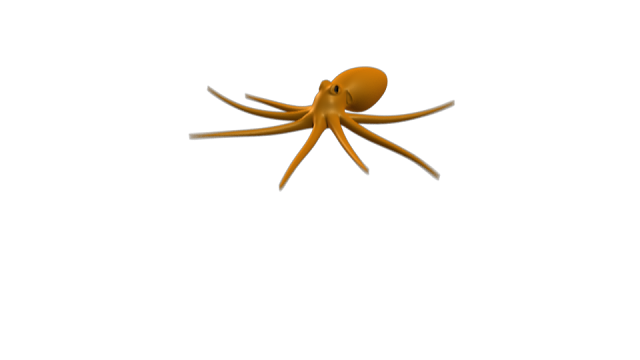 |
| Fig 1 |
Travis Knight’s “Kubo
and the Two Strings” (2016) is a film in which he had directed for the
first time, and has had a roaring success with many film critics and audiences
worldwide. Knight is also known for animating the well-received “Coraline” (2009), making stop-motion
animation his signature style.
As Christy Lemire describes: “But Knight and his massive team of animators have packaged these
weighty, complex themes within visuals that are just jaw-dropping in both their
beauty and craftsmanship. A decade in the making, “Kubo and the Two Strings” is
both painstakingly detailed and epic in scope. Inspired by a multitude of
Japanese art forms, it’s textured yet crisp, frighteningly dark yet radiant
with bold color. It’s a classic hero’s journey full of action and adventure,
but it’s also an intimate fable about love and loss, magic and memory.” (Lemire,
2016). The film is indeed impressive with it’s handling of colours matching
happy and sombre moods; the scenes rich in with imagination and a breath of
fresh air in the film industry. There is incredible attention to detail in this
film, keeping in mind it is created with stop-motion.
 |
| Fig 2 |
The story is based in Japan, however has it’s American
traits sprinkled within the film, by the use of American accents, Hollywood style
production and engaging fighting / action scenes.
The story tells of a young boy Kubo, and how he looks after
his ill mother, and earns money by performing in the streets; but his performances
are very unique, as he crafts origami paper, they come to life when he plays
his instrument. Kubo foreshadows the films events when telling the story of
samurai warrior, Hanzo, and his quest to defeat the Moon King, by using the
unbreakable sword, hemlet and breastplate. However, Kubo must return to his
home before sundown, or risk losing his other eye to the creepy witchlike aunties
and the Moon king himself, which is Kubo’s grandfather. Unfortunately, one
night Kubo doesn’t return on time and is attacked by his aunties, but his
mother comes to the rescue, however is killed in the process. Kubo awakes by a
monkey, and later is accompanied by a beetle warrior and the origami verison of
Hanzo. They go on a quest to find the real life sword, helmet and breast plate
of Hanzo in order to defeat the Moon King and sisters, and it is later revealed
that Kubo’s mother and father are actually the monkey and beetle.
 |
| Fig 3 |
Kubo eventually meets an elderly man called Raiden, who he
was visited by in a dream, and he turns out to be the Moon King. Raiden turns
into a huge creature ready to kill Kubo, but Kubo takes out his trusty
instrument, restrings it with his dad’s bowstring, his own hair and his mother’s
hair. He then summons the spirits of the villager’s loved ones, and the Moon
King gets stripped of his powers and memories. Kubo then visits his parents
grave in a bittersweet scene.
 |
| Fig 4 |
Jabob Stolworthy explains: “The trio's scenes go from rip-roaring to
breathless with a fluidity brought to life by the deployment of real-life
puppets; with utmost care applied to every shot, the adults will be marvelling
as much as the youngsters. It’s to Laika’s credit that director Travis Knight
manages to fit Kubo's expansive mythology into the
film’s 102-minute running time with the skill of a seasoned gift-wrapper.”
(Stolworthy, 2016).
“Kubo and the Two
Strings” stop-motion stands out for its complexity, dark themes and the
extraordinary beauty of its animation.
Biblography:
Illustration List:

















































